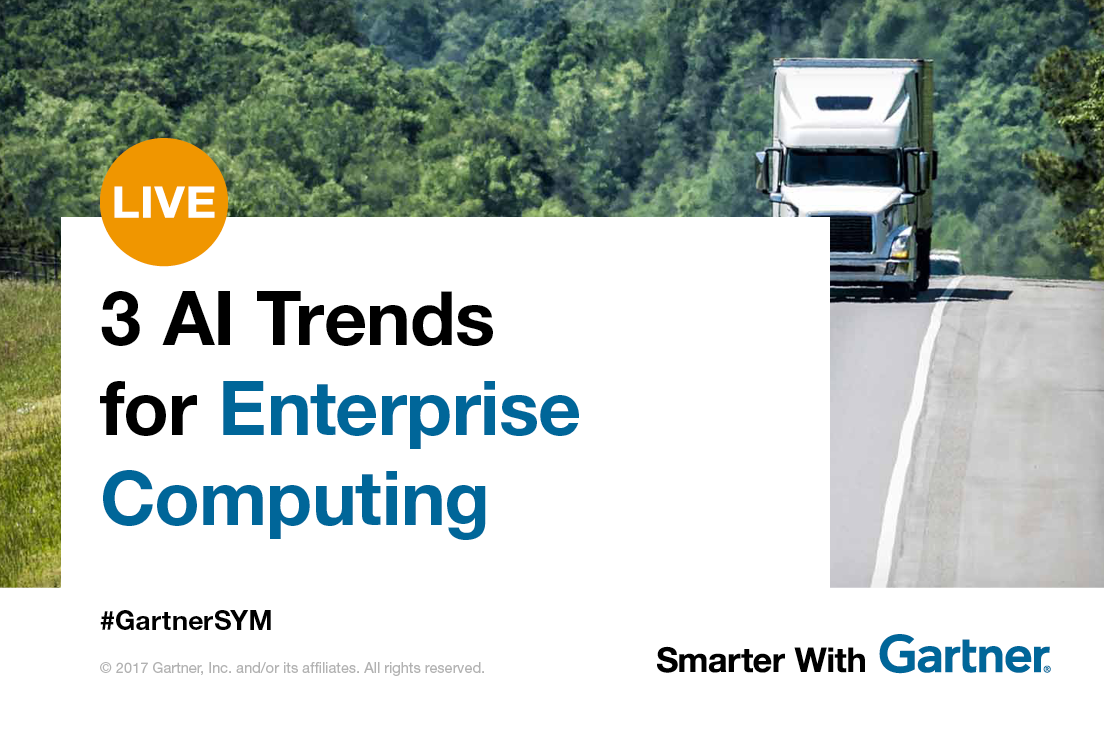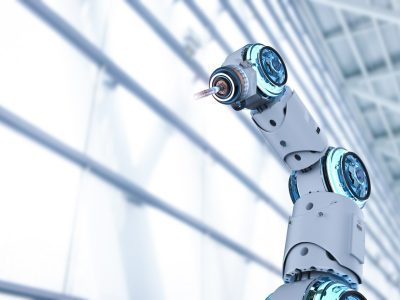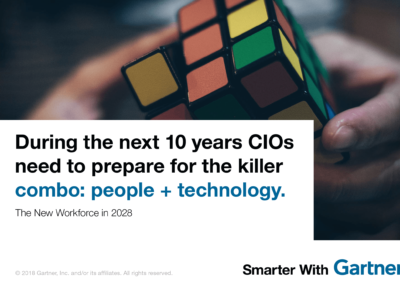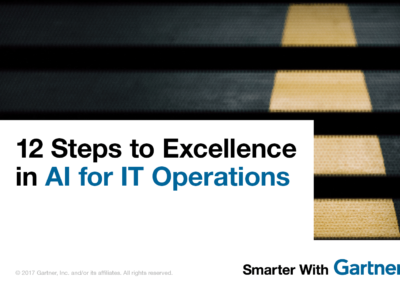Impact business outcomes with a focus on application integration and IoT.
 For workers at a logistics company in the EU who have to transact and work across borders on a daily basis, AI is not some black box technology; it is already ushering in material improvements in their productivity and efficiency.
For workers at a logistics company in the EU who have to transact and work across borders on a daily basis, AI is not some black box technology; it is already ushering in material improvements in their productivity and efficiency.
A pan-EU logistics company piloted a natural language processing interface that allowed a driver, who speaks Slovenian, to interact with a forklift operator, who speaks German, to communicate through automated translations and quickly unload the freight. As a result they were able to better meet the company’s business outcomes of fast, efficient transport.
Companies will gain capabilities they otherwise couldn’t achieve by applying AI to narrow and specific business problems.
“AI projects grant organizations the superpowers to classify and predict in ways mere mortals cannot achieve alone,” said Whit Andrews, vice president and distinguished analyst, during the Gartner Symposium/ ITxpo 2017 in Orlando, Florida.
For enterprise computing, AI will power smart IoT and fluid application integration.
Explore IoT at the edge
By 2022, more than 80% of enterprise IoT projects will have an AI component, up from less than 10% today. Conventional wisdom holds that AI processing happens ‘away from the edge” or not on endpoint devices such as a small IoT sensor. AI-powered IoT will Yet specific use cases of AI moving “to the edge” are already emerging. Raspberry Pi is a family of small single-board computers already used in home and industrial automation applications using image analysis.
Use AI to ease application integration
In the opening keynote, Leigh McMullen noted that by 2023, 90% of current apps used today will still be in use. Integration complexity is a cornerstone of the move toward digital platforms. “Most apps in use will have AI or know how to use it,” said Andrews. The data will still live in those legacy business apps and databases. 90% of companies integrate to at least one existing app already and 50% integrate to customer systems.
Support customer-facing apps
Andrews made a point of reminding IT leaders that they should continue to focus on customer facing applications and projects. “The AI will likely not be customer facing but will support the customer facing application to start,” said Andrews.
Read More: Analysts Answer: What Are the Top Client Concerns about AI?
The EU warehouse that piloted an AI-powered translation interface has an ambition to use visual analysis to analyze products waiting to be shipped in order to optimize the size of the box used to ship those products. This is expected to reduce waste, improve operational efficiency and ultimately impact key business cost metrics.
Such a use case is similar to automatically loading a dishwasher with the optimal mix of plates, dishes and cups to save water, time and energy. Applications and “things” powered by AI have the potential to create wins for everything from distribution centers to dishwashers.
Get Smarter
Client Research
Clients can learn more in the Gartner Trend Insight Report “Applying Artificial Intelligence to Drive Business Transformation.” This collection of research shows the way for organizations to begin, right now, to make sense of the AI opportunity for digital business and to take practical steps to realize it.
Digital Disruption ebook
Disruption is everywhere. Learn how CIOs can stay ahead of AI and use disruption as a tool for competitive advantage in the complimentary Digital Disruption ebook.
Gartner Symposium/ITxpo 2017
Learn more about CIO leadership and how to drive digital innovation to the core of your business at Gartner Symposium/ITxpo 2017. Follow news and updates from the events on Twitter using #GartnerSYM.










